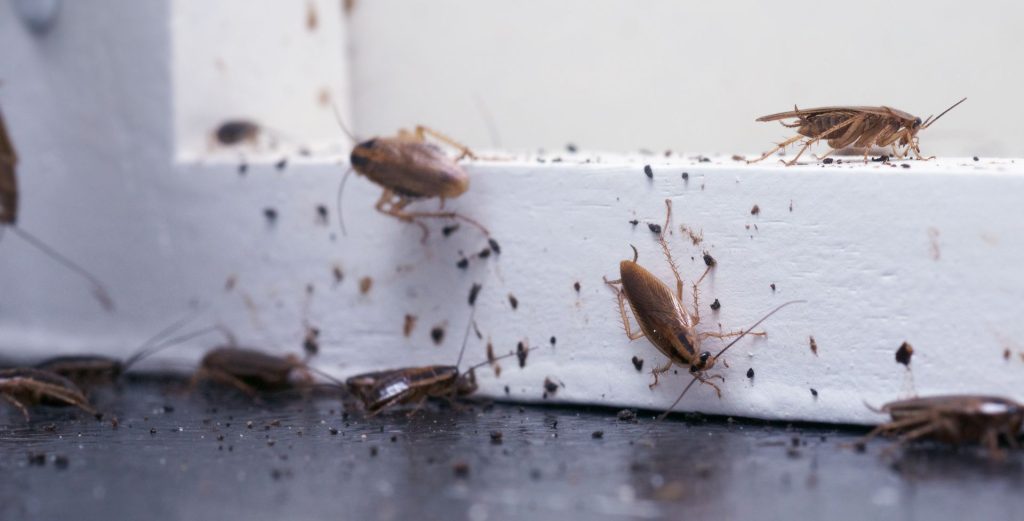Understanding the relationship between weather conditions and pest populations is crucial for homeowners looking to protect their properties from infestations. Different weather patterns and seasonal changes can significantly impact the behavior and abundance of various pests. In this blog post, we will explore how weather influences pest populations and provide homeowners with essential tips to prepare for these changes.
Temperature: A Catalyst for Pest Behavior
Temperature plays a vital role in determining the activity levels of pests. Warmer temperatures tend to accelerate the reproductive cycles of many insects, leading to increased populations. For example, during the summer months, mosquitoes thrive in warm and humid conditions, leading to higher mosquito activity and the risk of mosquito-borne diseases.
On the other hand, colder temperatures can affect pest behavior by slowing down their metabolism and reproductive processes. Some pests, like rodents, seek shelter indoors during the winter to escape the harsh conditions outside. Homeowners should be aware of these temperature-related changes and take proactive measures to prevent pest infestations.
Rainfall and Humidity: A Breeding Ground for Pests
Rainfall and humidity levels directly impact the availability of food, water, and shelter for pests. Excessive rainfall and high humidity can create favorable conditions for pests to thrive. Moist environments provide ideal breeding grounds for mosquitoes, termites, and cockroaches, among others.
To mitigate the risk of infestations, homeowners should address moisture issues in and around their homes. Regularly inspecting and fixing leaky pipes, ensuring proper drainage, and keeping gutters clean can help reduce the attractiveness of your property to moisture-seeking pests.
Seasonal Transitions: Shifting Pest Dynamics
As seasons change, so does the behavior of pests. Different pests are active during specific times of the year, and understanding these seasonal patterns is key to effective pest management.
During the spring, as temperatures rise and flowers bloom, bees and wasps become more active. Homeowners should be cautious when dealing with these stinging insects and consider professional assistance for nest removal.
In the fall, rodents such as mice and rats seek shelter indoors as temperatures drop. Seal any potential entry points, store food properly, and maintain cleanliness to deter these unwanted guests from invading your home.
Weatherproofing Your Home Against Pests
To minimise the impact of weather on pest populations, homeowners can implement several preventive measures:
Seal Entry Points: Inspect your home for any gaps, cracks, or openings that pests can use as entry points. Seal these gaps to prevent pests from gaining access.
Maintain Cleanliness: Regularly clean your home, including storage areas, to eliminate potential food sources and hiding places for pests.
Proper Waste Management: Dispose of garbage in sealed containers and ensure proper waste management practices to discourage pests from scavenging around your property.
Professional Pest Control: Consider scheduling regular inspections and treatments with a professional pest control service. They can identify potential issues and provide effective pest management strategies tailored to your specific needs.
Conclusion:
Understanding the impact of weather on pest populations empowers homeowners to take proactive steps in protecting their properties. By being aware of temperature fluctuations, rainfall patterns, and seasonal changes, you can implement preventive measures to minimise the risk of pest infestations.
Stay vigilant, adopt good practices, and consider seeking professional assistance to ensure a pest-free environment all year round.
Ready to take control of your pest problems? Contact Sykes Pest Control today for reliable and professional pest management services. Don’t let pests invade your space any longer. Call now and experience a pest-free environment.

